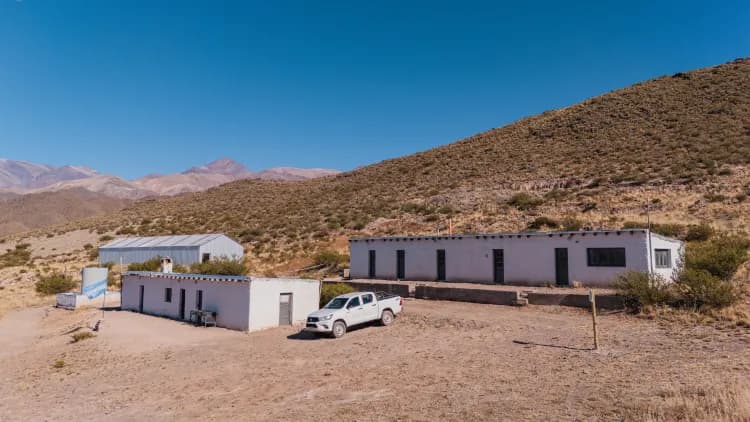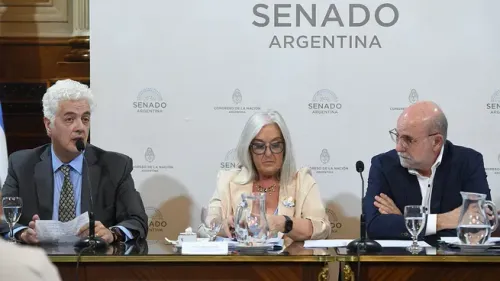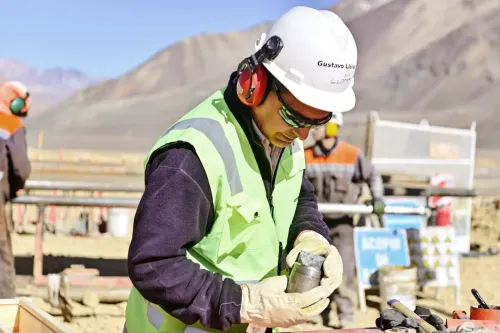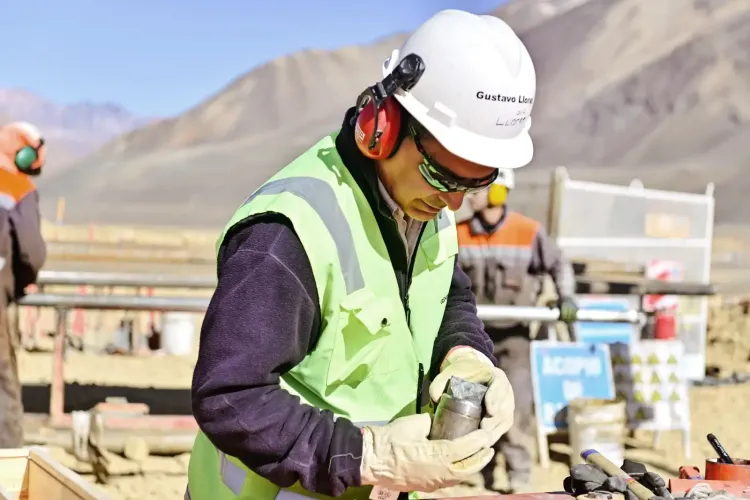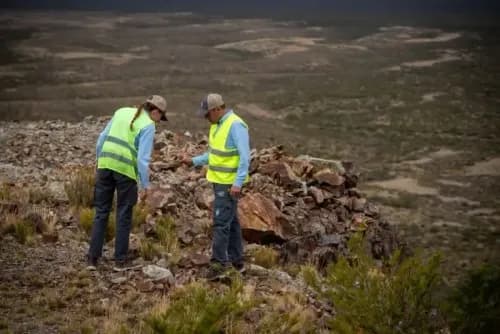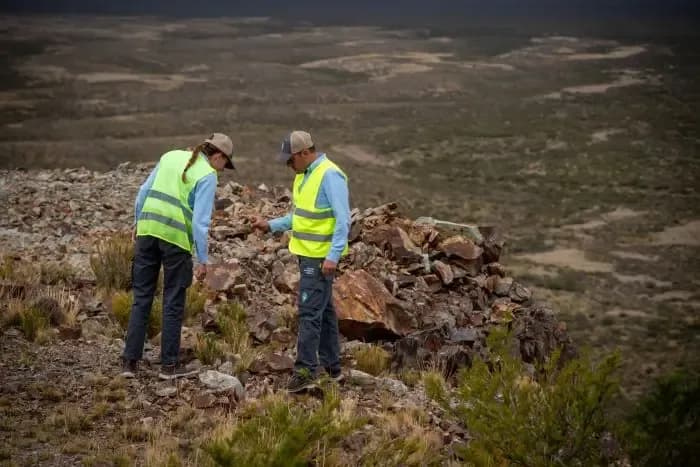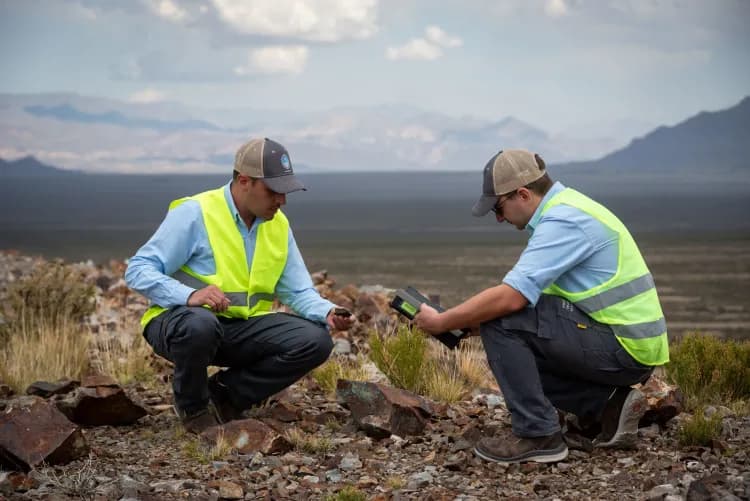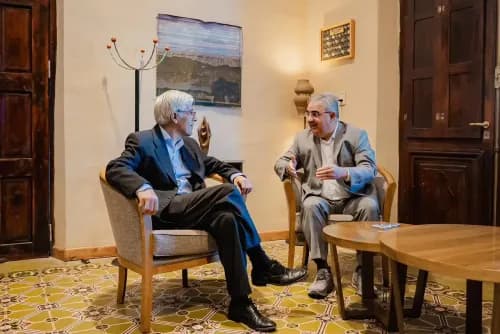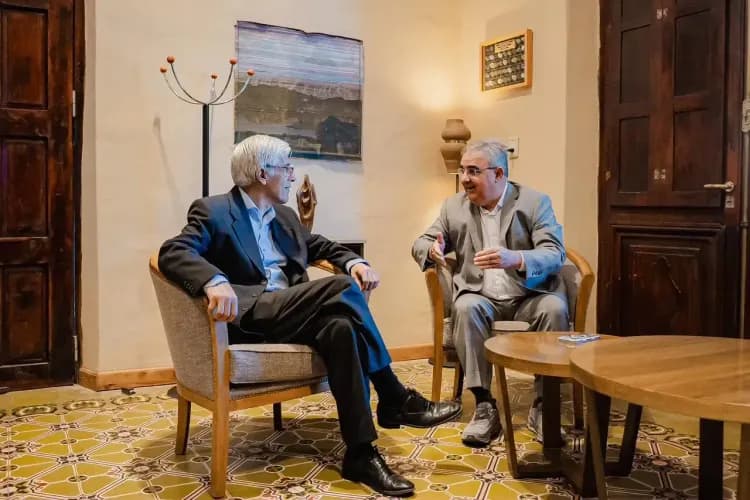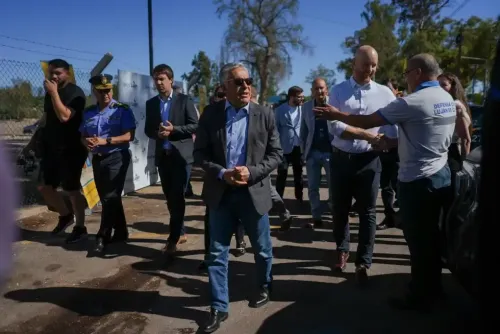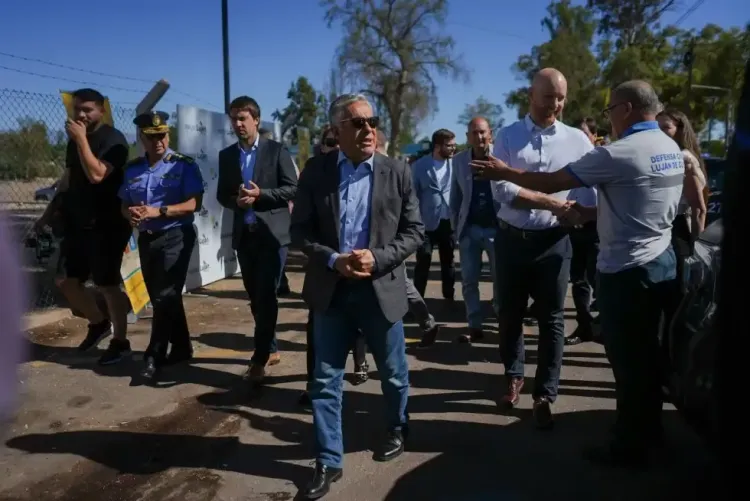Mining company Minas Argentinas SA, a subsidiary of AISA Group and operator of the Gualcamayo mine, has submitted a $1 billion investment plan to Argentina’s Incentive Regime for Major Investments (RIGI), making it the first company in San Juan to join this program. This marks the largest proposed investment under the RIGI in the region, with the potential to bring significant economic and employment opportunities.
By Panorama Minero
The project, structured as a Unique Project Vehicle (VPU), encompasses multiple initiatives, notably the "Deep Carbonates Project." Minas Argentinas anticipates completing the feasibility and engineering studies by 2025, enabling the construction of a new underground mine, a milling system, and a flotation plant with a processing capacity of 3,500 to 4,000 tons per day. The Deep Carbonates Project is expected to yield around 120,000 ounces of gold annually for at least 17 years, requiring an investment of $485 million. Furthermore, it is estimated to generate approximately 1,000 jobs during construction and 400 additional roles for operational phases.
The company also plans to invest $52 million in exploration over the next five years, aiming to expand Deep Carbonates resources and reserves while exploring new sectors for potential future production. Drilling activities have resumed, supported by geological and mining experts from Argentina, Chile, and Australia. Early exploration phases have revealed promising geological signals indicating the presence of molybdenum, gold, and copper porphyry deposits within the mine site.
Among the planned investments, an industrial lime production project leverages the high-purity limestone reserves at Gualcamayo. This part of the plan, valued at $75 million, requires the construction of a gas pipeline connecting San Juan, Jáchal, and Gualcamayo, which will also benefit northern San Juan Province by facilitating access to natural gas and improving logistics for key industrial sectors in Argentina and Chile.
Minas Argentinas’ VPU also includes a 50 MW solar energy plant in Gualcamayo, with an initial investment of $37 million. This plant will supply power exclusively to the mine and will serve as the first phase of an 800 MW photovoltaic project intended to connect with the National Interconnected System in future stages.
Additionally, Minas Argentinas' initiative covers the expansion and modernization of its current leaching facilities, allowing the reactivation of production zones previously deemed depleted, as well as conducting environmental remediation efforts. These additional activities require an estimated $350 million in investments, set to begin in the first quarter of 2024.
Ricardo Martínez, CEO of Minas Argentinas, expressed his satisfaction with the progress at Gualcamayo, recalling that just a year ago, the mine was set for closure. "Today, we are seeing investments that will guarantee at least three more decades of activity, which speaks to AISA's commitment and to the dedication of our team," Martínez said. He also highlighted the collaboration of one of the “Big Four” firms, which provided strategic advice and ensured compliance with international standards.
In the coming weeks, the National Government will review the proposal and decide on its approval or rejection within 45 business days. Approval would allow Minas Argentinas to begin its activities under the RIGI, with the possibility of presenting a second VPU for expanding photovoltaic generation and improving electrical infrastructure, which could bring an additional $1 billion in investments.



